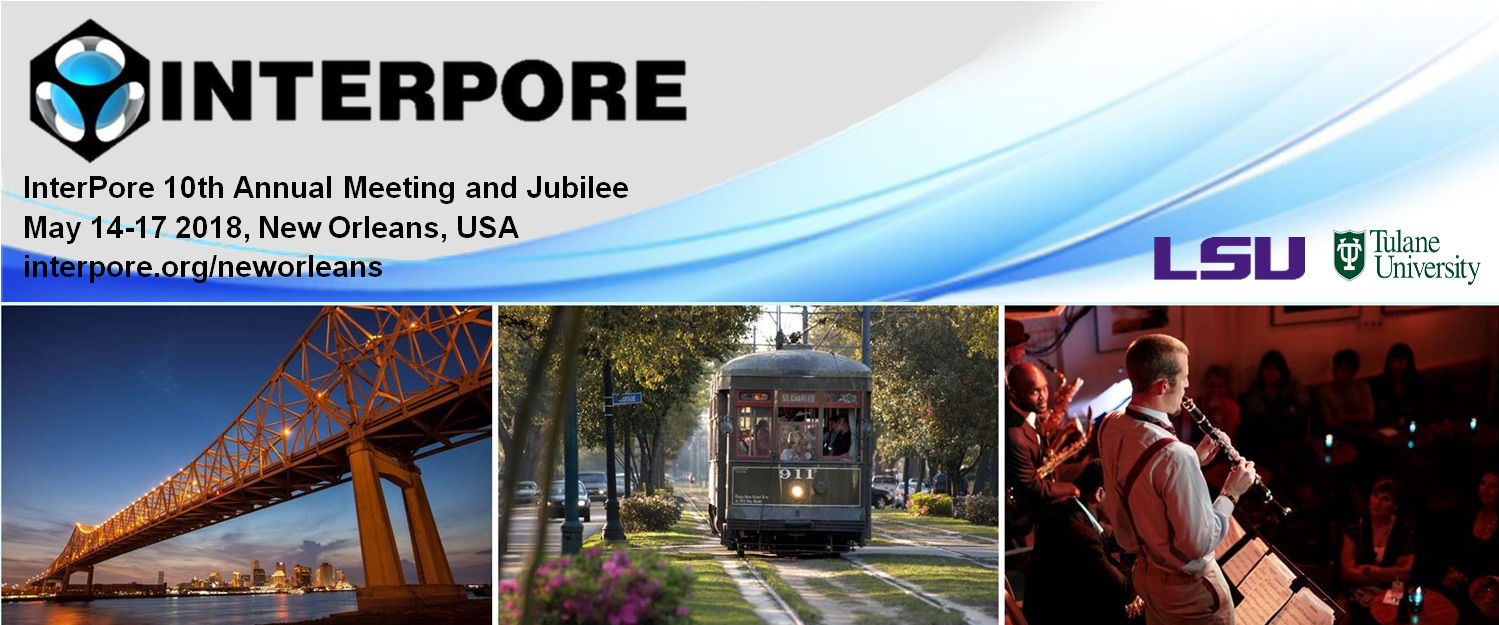Speaker
Description
Two approaches based on Lagrangian statistics of turbulent flow in porous media are investigated. In the first approach, usage of Lagrangian coherent structures (LCS) to understand barriers in transport and mixing in turbulent flows is studied. The computation of LCS typically involves post processing of experimentally or numerically obtained fluid velocity fields to obtain the finite time Lyapunov exponent (FTLE) via a sequence of flow maps (vector fields which describe fluid displacement patterns over a finite time interval). However, this procedure can be prohibitively expensive for large-scale complex flows of engineering interest. In this work, an alternative and efficient approach involving computation of the FTLE on the fly during direct numerical simulation (DNS) of the 3D Navier-Stokes equations is developed. Spatio-temporal evolution of LCS in a turbulent flow in a randomly packed porous bed are computed, and their role in identifying dead zones, mixing length and time-scales are assessed. In the second approach, Lagrangian statistics of scale dependent curvature angle and acceleration are calculated by tracking a large number of fluid particle trajectories for turbulent flows in porous media over a range of Reynolds numbers (300-1000). For an isotropic turbulence, it has been shown that the mean curvature angle varies linearly with time initially, reaches an inertial range and asymptotes to a value of $\pi/2$ at long times, corresponding to the decorrelation and equipartition of the cosine of the curvature angle. Similar trends are observed at early times for turbulence in porous medium; however, the mean curvature angle asymptotes to a value larger than $\pi/2$. This is attributed to the effect of confinement on the fluid particle trajectories that result in preferred directions at large times. The two Lagrangian approaches and their importance in analysing turbulence and transport in porous media will be illustrated.
| Acceptance of Terms and Conditions | Click here to agree |
|---|


